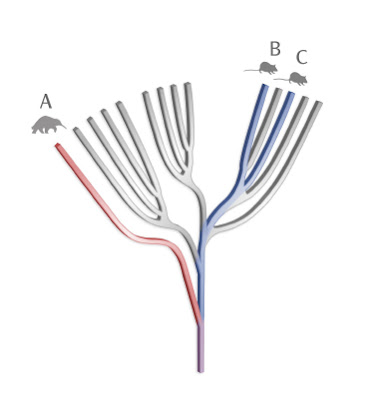Good news for Mountain Gorillas! But there's still work to do before they're out of the extinction woods
The latest update of the IUCN Red List of
Threatened Species has provided hope for the conservation of the Mountain
Gorilla, which has moved from Critically Endangered to Endangered.
In a
forest of lush green vegetation, you wouldn’t have thought that a human would
look like a suitable and comfortable seat would you? And yet, that was exactly
what one young mountain gorilla decided Sir David Attenborough looked like
during filming for his Life on Earth series. This scene is one of Attenborough’s
most iconic and showed the soft and playful nature of these huge primates.
A young mountain gorilla testing the comfiness of Sir David Attenborough during filming for Life on Earth
But
these gentle giants haven’t had things easy on the conservation front. The last
IUCN assessment of the mountain gorilla carried out in 2008 estimated that only
roughly 680 individuals survived. This report placed the species in the
‘Critically Endangered’ category, meaning it was facing an ‘extremely high risk
of extinction in the wild’.
Fast
forward ten years and the 2018 assessment is slightly more cheery. The
population has increased by roughly 50% from 680 to over 1000 individuals, enabled
by committed conservation efforts including anti-poaching patrols and in-situ
veterinary interventions. This increase means the species has been reclassified
as Endangered
This
clearly doesn’t represent the end of the line for mountain gorilla
conservation. The Endangered category means the species is at ‘a high risk of
extinction in the wild’. So, yes, this is an improvement from Critically
Endangered but mountain gorillas are still a very long way from being out of
the extinction woods.
Adult and young mountain gorilla, image source IUCN





Comments
Post a Comment